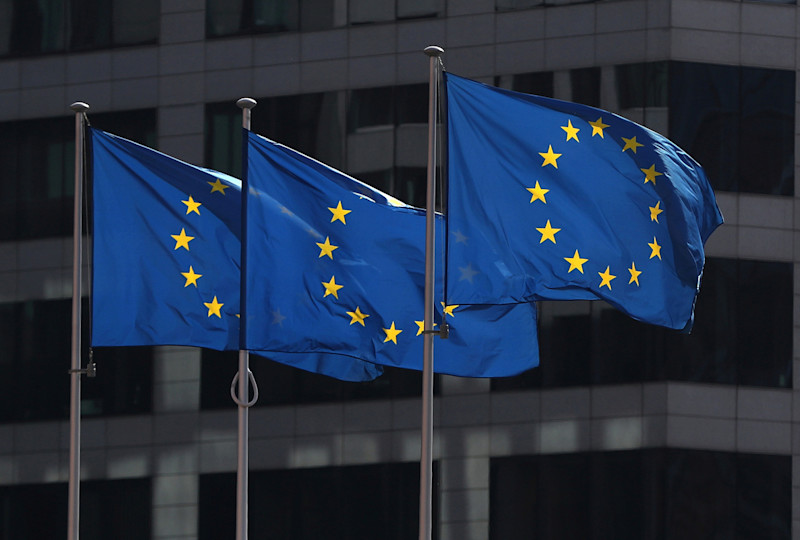Presently, there are two main areas of concern for the Central and Western European economies: sourcing of energy; and maintaining the current level of manufacturing when needs for products are rapidly changing, especially in automotive and defense sectors. The energy dilemma is, of course, about the urgency to become free from the dependence on Russia as a supplier.
The conundrum of toxic dependence on cheaper Russian sources of fossil fuel-generated energy has abruptly hit most European countries. This has caused a real struggle to the top five such users: Germany’s annual expenditure is over $43 billion; the Netherlands spends $35 billion; Italy, $20 billion; Poland, $16 billion; France, $15 billion. For Germany and Italy, the cost covers most of the gas demand; for the Netherlands, Poland, and France, the cost resolves the problem area of oil.
These numbers are staggeringly high. First, this situation continues to give Russia flexibility in its war efforts. Secondly, it takes time and money to replace the now-volatile source, with the prime task of creating a new infrastructure to absorb non-Russian supplies, which will cause increased and faster spending on renewable sources or a turn toward to the nuclear option. The uninterrupted supply to households and individual consumers, as well as to industries such as manufacturing, may be in peril – something that prosperous Europe has not experienced for quite some time.
In manufacturing, the main challenges to Europe are offered by China as the top nation in terms of manufacturing output, as well as by the United States’ continuing manufacturing resurgence. The recent global pandemic halt was significant but has largely been overcome. It seems that the leading manufacturing nations continue to lead.
In terms of the overall manufacturing environment, the U.K. and Switzerland are proportionally on par with the United States, Japan, and Canada. The main six nations of the European Union in terms of manufacturing contribution by percentage are Spain, Portugal, Romania, France, Germany, and Poland. These were the same countries pre-COVID, and they account for over 35% of the total manufacturing production within the EU. But due to erratic supplies chains and the rising cost of energy, production requires much more effort and investment to stay afloat. The highest percentage of the workforce employed in manufacturing is in Poland, Germany, and Italy. Surprisingly, in this respect, these three countries lead globally, before Turkey and South Korea.
In previous articles, the renewable energy and defense sectors were pointed out as areas of concentrated activity. A third is automotive. In December 2021, for the first time, Europeans bought more electric cars than diesel, which was once the most popular option. The demand for EV is soaring, and manufacturers are responding to talk of this sector exploding.
In March 2022, Tesla officially began making cars at the gigafactory near Berlin, with a goal of producing 500,000 vehicles per year. It took Tesla only two years to build the factory, and in the meantime, all competitors in Germany (and not only there) rushed to prepare for it. For now, Tesla will make all components in-house, but new specialized EV component manufacturers are constantly appearing, with batteries as the most publicized new product in many countries.
The number of other components for EV vehicles is rising, such as connectors linking miles of cables in cars, and they are becoming more and more complex. Even the notorious shortage of semiconductors works in favor of EV as manufacturers tailor their priorities for future needs, hence a departure from “old” car building. Moreover, the development of autonomous cars also makes EV a natural option.
Worth noticing as EV goes mainstream: According to the European Association of Automotive Suppliers (CLEPA), up to 500,000 jobs could be lost at automotive suppliers within the next 15-18 years, while only about 226,000 new jobs would be created by the growth in EV components.
The above points out where marketing efforts of suppliers of manufacturing technologies could be most fruitful. Supporting the development of the present style of manufacturing still has serious potential. However, increasing automation to help restructuring industries and implementing innovative technologies should be seen as inevitable steps to efficiency and reducing excessive dependence on the manual workforce.






